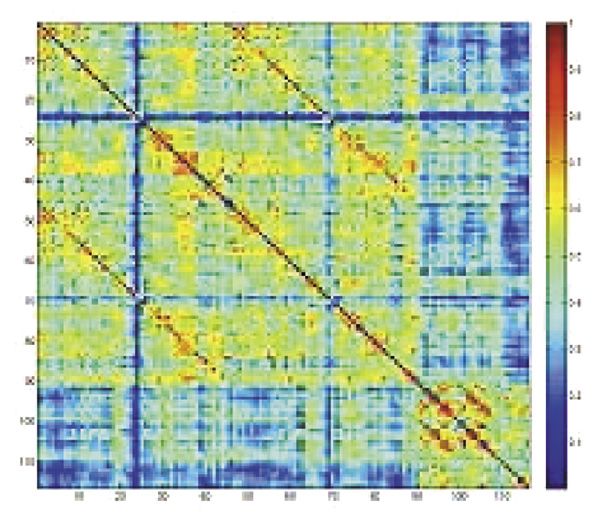Riddling autism
Contemporary Pediatrics was already a 4-year-old toddler in 1980 when autism was first listed in the Diagnostic and Statistical Manual of Mental Disorders (DSM), the bible of US psychiatry.
Contemporary Pediatrics was already a 4-year-old toddler in 1980 when autism was first listed in the Diagnostic and Statistical Manual of Mental Disorders (DSM), the bible of US psychiatry. By then, it had been a full 40 years since Leo Kanner, MD, a Johns Hopkins University psychiatrist, had published his paper about 11 children who seemed guided by a “powerful desire for aloneness and sameness.” He later labeled the condition “early infantile autism.”

Magnetic resonance image of the brain of an individual with autism.
Since then, autism has evolved from a relatively obscure condition to a familiar diagnosis for most pediatricians. Today, the Centers for Disease Control and Prevention estimates that 1.5% of US children have some form of autism-a more than 20-fold increase since that first DSM listing. Two decades into the boom, however, experts attribute the upswing more to diagnosis than disease fueled by broader classifications, earlier screening, and heightened awareness.
Recent scientific literature teems with clinical inroads to a clearer understanding of the neurological and genetic bases for autism. From eye-tracking in infants to magnetoencephalography (MEG) imaging that reveals what researchers characterize as "the noisy brain (see video), potential biomarkers may yield better and earlier therapies.
Other data suggest as yet undefined impacts on the developing brain in utero, while nutritional regimens may mitigate symptoms in some children. As research gleans insights, community pediatricians partner with families to identify and treat autism at the earliest point when possibilities for improvement are most promising.
The riddle of autism is yielding to solutions, clue by clinical clue.
New research finds significant challenges for children with disabilities in foster care
September 27th 2024A study presented at the American Academy of Pediatrics 2024 National Conference finds children with disabilities in foster care face lower permanency rates and higher mortality risks, calling for specialized support and interventions.